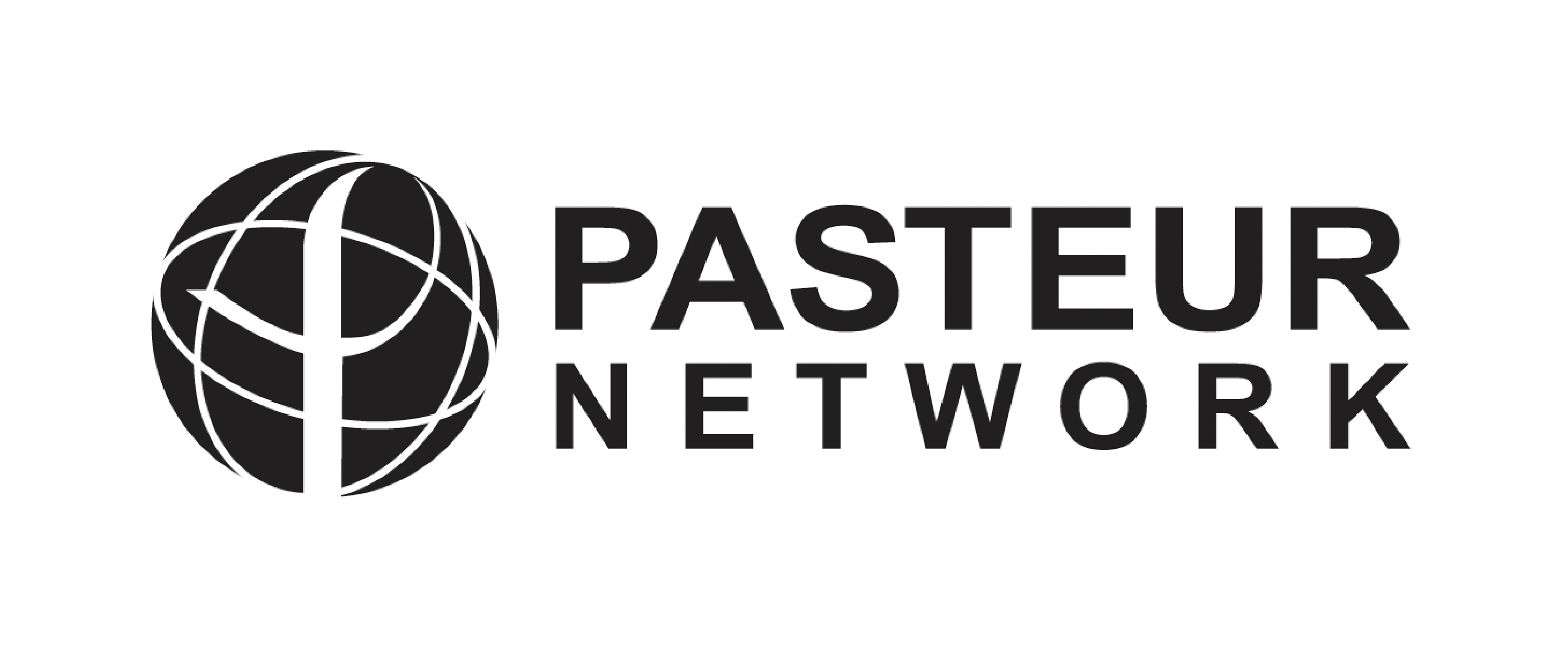LAMP assays for the simple and rapid detection of clinically important urinary pathogens including the detection of resistance to 3rd generation cephalosporins
Résumé
Background Timely and accurate identification of uropathogens and determination of their antimicrobial susceptibility is paramount to the management of urinary tract infections (UTIs). The main objective of this study was to develop an assay using LAMP (Loop mediated isothermal amplification) technology for simple, rapid and sensitive detection of the most common bacteria responsible for UTIs, as well as for the detection of the most prevalent genes (encoding cefotaximases from CTX-M group 1) responsible for resistance to 3rd generation of cephalosporins. Method We designed primers targeting Proteus mirabilis , while those targeting Escherichia coli , Klebsiella pneumoniae and Enterococcus faecalis and the CTX-M group 1 resistance gene were benchmarked from previous studies. The amplification reaction was carried out in a warm water bath for 60 min at 63 ± 0.5 °C. The amplicons were revealed by staining with Sybr Green I. Specificity and sensitivity were determined using reference DNA extracts spiked in sterile urine samples. The analytical performance of the assays was evaluated directly on pellets of urine samples from patients suspected of UTI and compared with culture. Results We found a high specificity (100%) for LAMP assays targeting the selected bacteria ( P. mirabilis , E. coli , K. pneumoniae , E. faecalis ) and the CTX-M group 1 when using DNA extracts spiked in urine samples. The sensitivities of the assays were around 1.5 10 3 Colony Forming Units (CFU) /mL corresponding to the cut-off value used to define bacteriuria or UTIs in patients with symptoms. Out of 161 urine samples tested, using culture as gold standard, we found a sensitivity of the LAMP techniques ranging from 96 to 100% and specificity from 95 to 100%. Conclusion We showed that the LAMP assays were simple and fast. The tests showed high sensitivity and specificity using a simple procedure for DNA extraction. In addition, the assays could be performed without the need of an expensive device such as a thermal cycler. These LAMP assays could be useful as an alternative or a complementary tool to culture reducing the time to diagnosis and guiding for more effective treatment of UTIs but also as a powerful diagnostic tool in resource-limited countries where culture is not available in primary health care structures.
| Origine | Publication financée par une institution |
|---|---|
| Licence |


